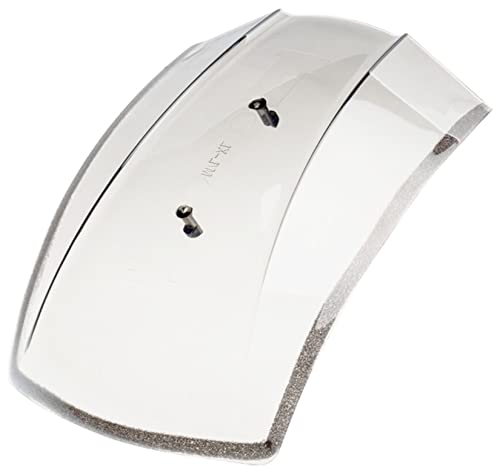You probably know this but just want to share what I found on goldwingdocs forum about the charging system:
The charging system is comprised of only 2 major components and a bit of wiring.
I'll try to describe the proper test procedures that work for me.
THE STATOR.....Its a coil of wire...spin a magnet past it and it will produce electric....
See Pic1
Testing the stator is done with the 3 yellow wires cut loose from the bike.
The stator is 3 separate windings thus the 3 yellow wires.
Each winding has a common connection to the other 2 BUT NOT GROUND.The windings are measured between any pair of the yellow wires and will read like a dead short.It's usually 3 to 4 ohms.
There should be NO RESISTANCE from any yellow wire to the engine or ground.
Next it to check the voltage it will produce.
With lo load on the stator,voltages can get very high,more than you would expect for a 12 volt system.
See Pic 2
At a idle..eg.1000 rpm...The average stator will produce around 30 volts AC between any 2 of the yellow wires and can reach above 70 volts AC at 3500 rpm so keep your fingers off the wires when you measure this.
Again,there is NO measurement to ground.
The rectifier/regulator.
It's got a bunch of wires on it but is simple in function.It converts the AC delivered by the stator to 14.8 volts DC and can provide about 25 amps of current.
Rather than getting into the innards,it's easier to measure what it's doing.
See Pic 3
It is normal for the voltages to vary.
At a idle,many bikes actually will discharge the battery and the Volts can fall below 12 volts but as soon as the rpm's go up,the volts should also climb.
Common volts measured across the battery terminals can be....
12.8 with the key off
12.2 with the key on
10.9 cranking the engine.
12 volts at a low idle
12-14.8 as the rpm and time increase.
If you read with a amp meter....
At 3000 rpm...each yellow wire produce around 8 amps AC.
Amp measurements inline with the 30 amp fuse....
0.00 to 0.010 amp with the key off
10-12 amp discharge with the key on,engine off
3-15 amp during recharge cycle of the battery.
Common problem areas....
The 30 amp Dog Bone fuse....inside the cover of the starter relay....Just replace it with a external 30 amp blade fuse and waterproof holder.
The 3 yellow wires...actually the plug..it gets cooked...cut it out and solder the wires direct.
there is no polarity,just yellow to yellow.
See Pic 4
The regulator.....If the stator works and the wiring is repaired....look at the switched volts on the black wire.It needs to be there and within 0.05 volts of the battery volts.













































